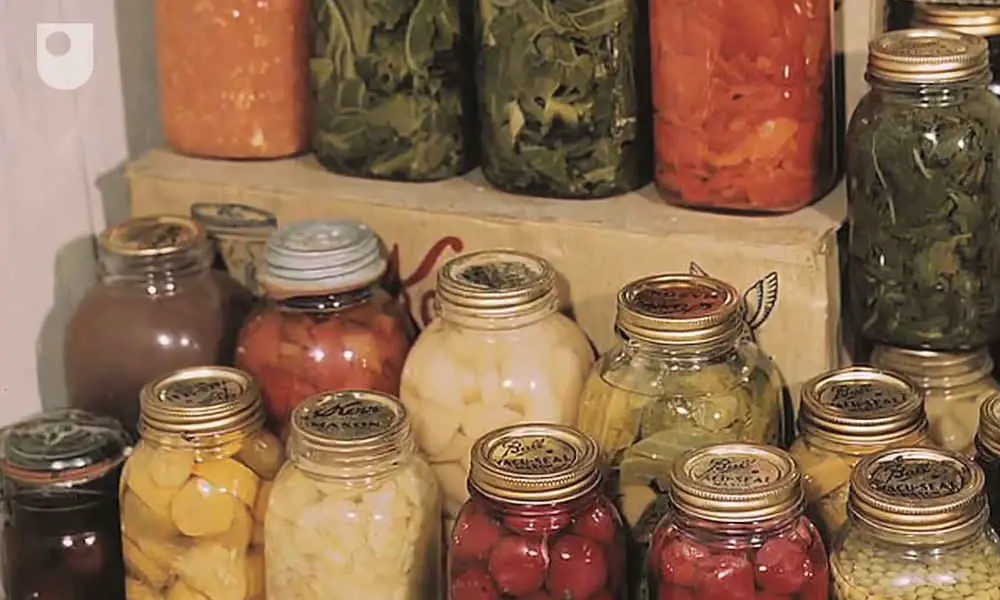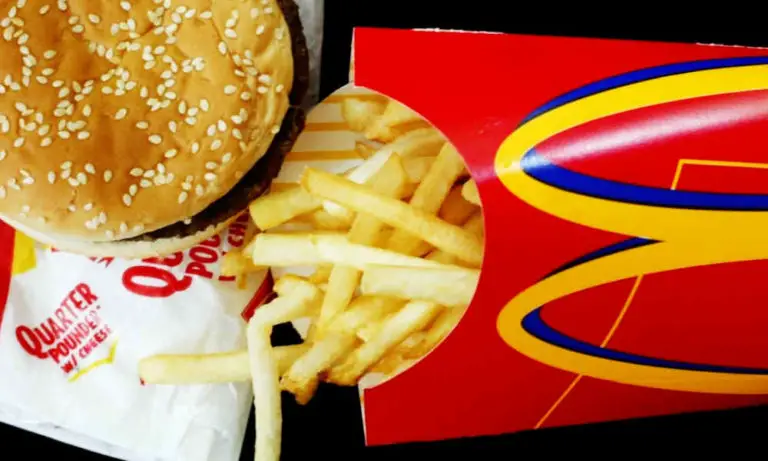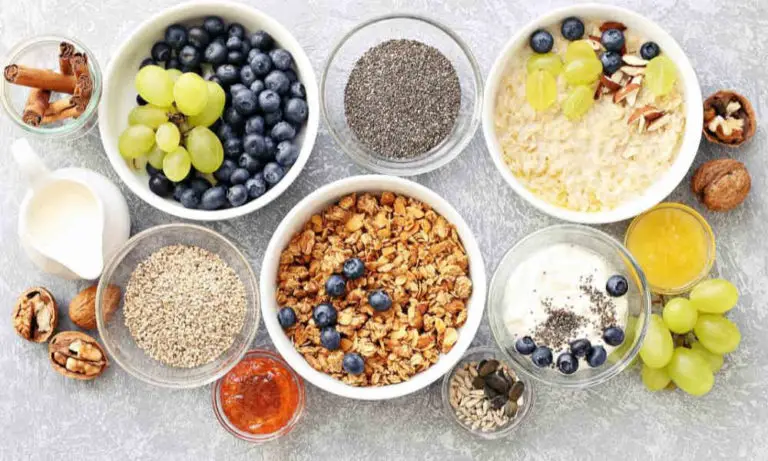6 Easy Methods to Preserve Food For a Long Time
If you are looking for easy ways to preserve your food, you have come to the right place. There are various methods that you can try at home, ranging from boiling and pickling to drying and making juice and syrup or jam. Let’s take a look at some of them. Depending on the type of food you want to preserve, you may use one or more of them. Here are some of the most common methods:

Boiling
Among the many ways to preserve food, boiling is the easiest. Boiling removes excess water from the food and creates an airtight seal. It is safe for most food but can reduce the nutritional value of foods. When the water boils down, the minerals and vitamins from the food leach out into the surrounding liquid. However, this method does not have the same effect on acidic foods, so it is the preferred method for preserving fruit and vegetables.
Boiling destroys all enzyme activity and kills most microorganisms. The heat is especially effective against acidic foods. To extend the shelf life of boiled preserves, they must be sealed in airtight jars. Other methods of preservation, such as pasteurization, freezing, and adding chemicals, also extend the shelf life of foods. But boiling is still the most common and most popular method of preserving food.
Pressure Canning
Another popular method is pressure canning, which involves placing jars of food in a special pressure cooker with two to three inches of water. This method is ideal for foods like meat, poultry, and seafood because it allows for higher temperatures and lower acidity. Foods containing lactic acid or vinegar must be pressure canned. This method is also the most economical way of preserving food. However, it is not recommended for very high-acid foods, such as tomatoes and berries. Regardless of how safe it is, you need to make sure that you follow the directions carefully.
Chemical Preservatives
Chemical preservatives are also common in food preservation. Salt and edible oils are used to preserve fish and meat. Foods that contain salt or acid preservatives are best preserved using a salt solution. Salt is also a great alternative to canning, as it conserves glass. There are other ways to preserve food without chemicals. There is also dry salting, which is a simple method to preserve food without the risk of mold.
Pickling
If you haven’t tried pickling before, it’s a great way to keep your favorite foods for later use. The main ingredient in pickling is vinegar, and you’ll need it to create the brine. You’ll need 6 cups of water, 3 cups of vinegar, and 1/2 teaspoon of pickling salt. Next, you’ll need to prepare the vegetables, which you blanch before placing in the jars.
Before you begin making your pickles, wash your hands and surfaces well, especially if you’re working with live berries. Wash your jars thoroughly in hot soapy water, then rinse them out. Wait for the jars to dry completely and to be sterile. Next, put the jars in the oven for 20 minutes, and then cover them with wax paper. After 20 minutes, you’re ready to serve your preserves.
Pickling is an ancient and international method of preserving food. Our ancestors have been exploring the use of pickling for thousands of years and have long used it to store surplus food supplies for famine or long winters. So, why not give pickling a try?
While cucumber pickles are common in most countries, you can also try pickled tomatoes, green beans, and new peas. Aubergine is another popular pickle, made with garlic and dried mint and packed into a jar. Once you’ve opened it, store it in a cool dark place. But be sure to refrigerate it after opening it to ensure its freshness. It will last for months!
Drying
One of the oldest ways to preserve food is by drying it. Food that has been dried retains less moisture, making it lightweight and convenient to store. Foods that are dried can be stored in their original form or combined with other preservation methods to extend the shelf life of your food. Here are some examples of dried food. Read on to learn more about drying. Listed below are some methods you can use to preserve food. Learn how to dry your food for long-term storage and make it easy to store!
Dried fruit and vegetables are easier to dry than vegetables, as the process of dehydration is less difficult. You can easily dry fruits and vegetables like peas, peppers, zucchini, onions, green beans, and okra. Some foods are not suitable for drying methods, such as lettuce, melons, cucumbers, and other high-moisture foods. When preserving food, you should make sure to dry it completely before you store it.
To dry food, seal it in freezer-type plastic bags and freeze it at 0oF or -17 degrees C. Another method involves baking dried foods in the oven at 160oF for about 30 minutes. You should always make sure that the container is completely dry before you pack the dried foods in it. Using glass containers makes this process easy. Afterward, inspect the dried food carefully to make sure it is mold-free.
If you have access to a sunny location, you can also dry your fruit under the sun. However, it can be risky and takes several days to complete the process. You also need to ensure that the fruit is covered during the night. The cooler night air adds moisture back to the food, slowing down the drying process. It is important to dry fruit properly to ensure the best results. You should also consider whether or not to use other methods.
Making Juice or Syrup or Jam
Jams and conserves are two types of fruit-based foods that can be preserved by sugar. Jam is a semisolid mixture of fruit juice and sugar that can retain its shape and taste for several months. Conserves are generally made from a combination of fruit, such as lemons and limes, or from citrus fruits, nuts, and coconut. Marmalades, on the other hand, are soft, fruit-based jellies. Both types contain sugar and fruit pectin, which makes them thick.
To make jelly, you need ripe fruit. Fruits should be in peak season, as spoiled fruit will affect the flavor of the jelly. Make sure that the fruit is clean and in good shape; you may need to buy a jelly bag to strain out any skin or seeds. Make sure to rinse the bags thoroughly after every use. You should also sterilize canning jars. After sterilization, place the jars in a dark, cool place to prevent deterioration.
Once you have your strained fruit, prepare the syrup. Use a heavyweight to force the juice out faster. A small saucer can be placed on top of the jam jar to keep it from boiling over. Add sugar to taste. Then stir the mixture with a wooden spoon until it reaches the consistency of jam. The result should be a clear, tasty preserve. Afterward, you can serve it in hot or cold dishes.


